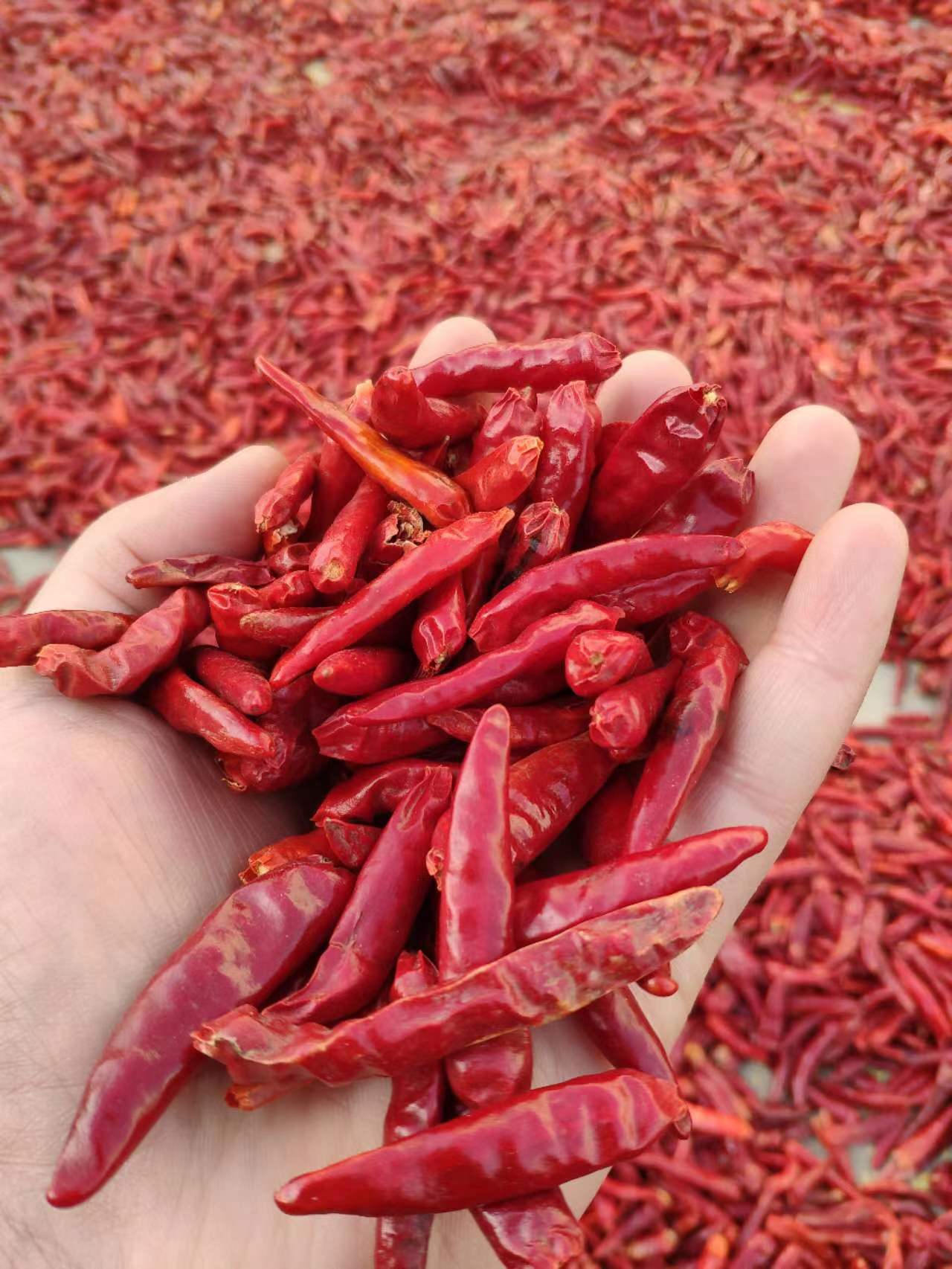- No. 268 Xianghe Street, Economic Development Zone of Xingtai city, Hebei 054001 China
- Byron@hbhongri.cn
chilli and paprika
Chili and Paprika A Spicy Journey Through Flavors
Chili and paprika are two vibrant spices that not only add heat to dishes but also contribute a spectrum of flavors and colors to cuisines around the world. While they share a common origin in the Capsicum family, they offer distinct tastes and uses that can elevate any culinary experience.
Chili peppers, known for their fiery heat, come in many varieties, ranging from the mild bell pepper to the intensely spicy Carolina Reaper. The heat in chili peppers is attributed to capsaicin, a compound that binds to pain receptors in our mouths, creating a burning sensation. This unique characteristic of chili has led many food enthusiasts to embrace spicy dishes, often categorizing their heat levels on the Scoville scale, which measures the spiciness based on the concentration of capsaicin.
Chili and Paprika A Spicy Journey Through Flavors
The culinary applications of chili and paprika are as diverse as the cultures that use them. In Mexican cuisine, for instance, chili peppers are fundamental in salsas, mole sauces, and traditional dishes like enchiladas and tacos. Varieties such as jalapeño, poblano, and serrano are celebrated for their unique flavors and heat levels. In contrast, Hungarian cuisine prominently features paprika in dishes like chicken paprikash and pörkölt, where it provides a distinctive red hue and a depth of flavor that is both sweet and savory.
chilli and paprika

In addition to their culinary importance, both chili and paprika offer numerous health benefits. They are rich in vitamins A and C, antioxidants, and various other nutrients that contribute to overall health. Capsaicin, the active compound in chili, is believed to boost metabolism, aid in weight loss, and even possess pain-relieving properties. Paprika, especially when made from high-quality peppers, is also known for its anti-inflammatory and antioxidant effects.
When it comes to pairing chili and paprika with other ingredients, the possibilities are endless. They can be used to enhance the flavors of meats, vegetables, and even desserts. For instance, a dash of paprika can elevate the taste of roasted vegetables, while chili can lend a zesty kick to chocolate-based desserts, creating a delightful contrast of flavors.
The growing interest in global cuisine has also led to a resurgence of chili and paprika in modern cooking. Trends such as spicy gourmet foods, infused oils, and unique spice blends showcase the versatility of these ingredients and encourage home cooks to experiment with heat in their dishes.
In conclusion, chili and paprika are more than just spices; they are ambassadors of flavor that can transport us to different culinary traditions. By understanding their unique qualities and how to incorporate them into our cooking, we can enrich our palates and savor the diverse tastes of cultures around the world. Whether you prefer the fiery kick of chili or the sweet warmth of paprika, both spices hold a special place in the hearts of food lovers everywhere.
-
Turmeric Rhizome Powder: A Golden Treasure from Roots to TableNewsJul.28,2025
-
The Versatile Application Of Crushed Red Hot Peppers: Lighting Up The Red Flames On The Dining TableNewsJul.28,2025
-
The Paprika: A Touch Of Vibrant Red In Color, Flavor, And CultureNewsJul.28,2025
-
Ground Turmeric: A Modern Examination of an Ancient SpiceNewsJul.28,2025
-
Capsicum Liquid Extract: Features, Applications, and ChallengesNewsJul.28,2025
-
Application of Capsicum Liquid Extract in FoodNewsJul.28,2025







